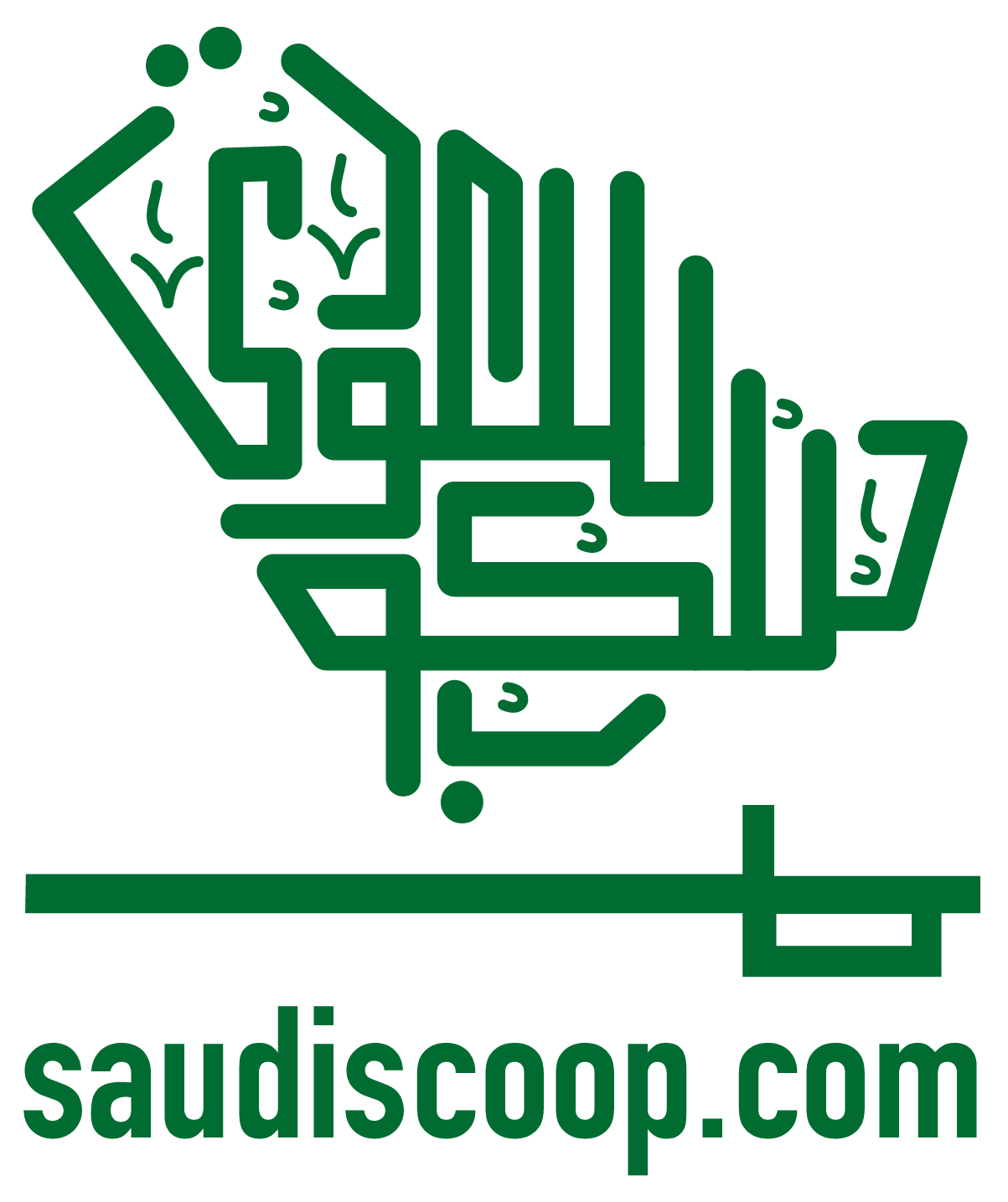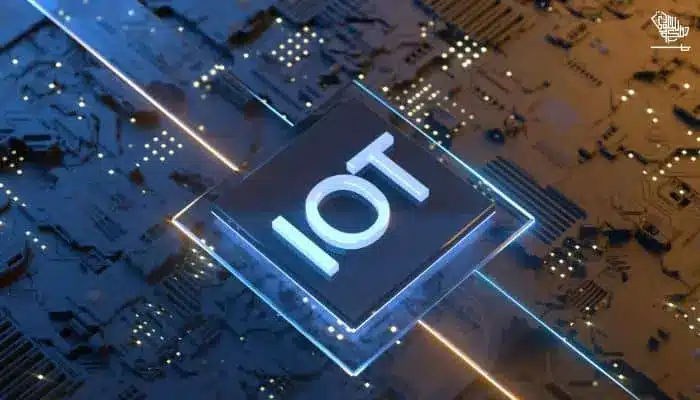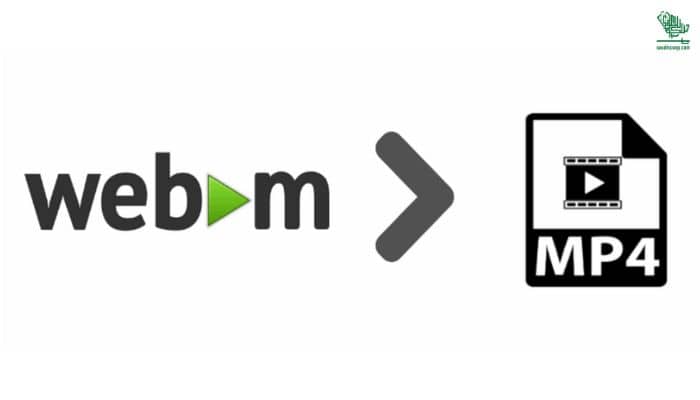The Internet of Things (IoT) connects diverse devices, enabling communication between them or the Cloud.
Embedded sensors, software, hardware, and other technologies allow these devices to gather and exchange data over the Internet.
Everyday devices like cars, machines, and vacuums are part of this network and can use sensors for data collection.
How Does IoT Work?
An Internet of Things or IoT system has three main components:
Smart Devices
Smart devices refer to gadgets with computational capabilities similar to those in a security camera or TV. They gather data via the internet and transmit it remotely.
IoT Applications
IoT applications are special software for analyzing the data gathered from smart devices. The IoT applications use advanced Machine Learning and Artificial Intelligence (AI) techniques to analyze this data and make informed decisions.
A Graphical User Interface or GUI
This is the visual interface that users interact with to access information and manage their connected devices. A graphical user interface or GUI can be web-based, mobile apps, or dedicated dashboards.
What are the Examples of IoT Devices?
Let’s have a look at some examples of IoT devices:
Smart Homes
Smart homes employ a variety of IoT devices, including lightning systems, security cameras, and thermostats. An “IP address” or “Internet Protocol address” allows secure access to these devices and helps to manage them securely. If you want to know your IP address, check the My IP Address website.
Connected Cars
Connected cars also use IoT devices that provide real-time traffic updates, suggest alternative routes, and help you reach your destination efficiently. They also assist in parking and offer additional security features by collecting data from breaks, accelerators, wheels, and other parts.
Smart Cities and Buildings
IoT devices are also used in the development of smart cities and buildings. They use IoT devices with special sensors to optimize energy consumption, improve waste management, and enhance public safety.
What are IoT Technologies?
The following are the technologies used in the IoT systems:
Edge Computing
Edge computing empowers smart devices to function beyond simply sending or receiving data to their IoT platform. Increasing computing power at network edges reduces communication delay and improves response time.
Machine Learning
Machine learning includes algorithms and software to process data and make real-time informed decisions.
Cloud Computing
Cloud-based provides a critical framework to store, process, analyze, and quickly access massive amounts of data generated by IoT devices.




